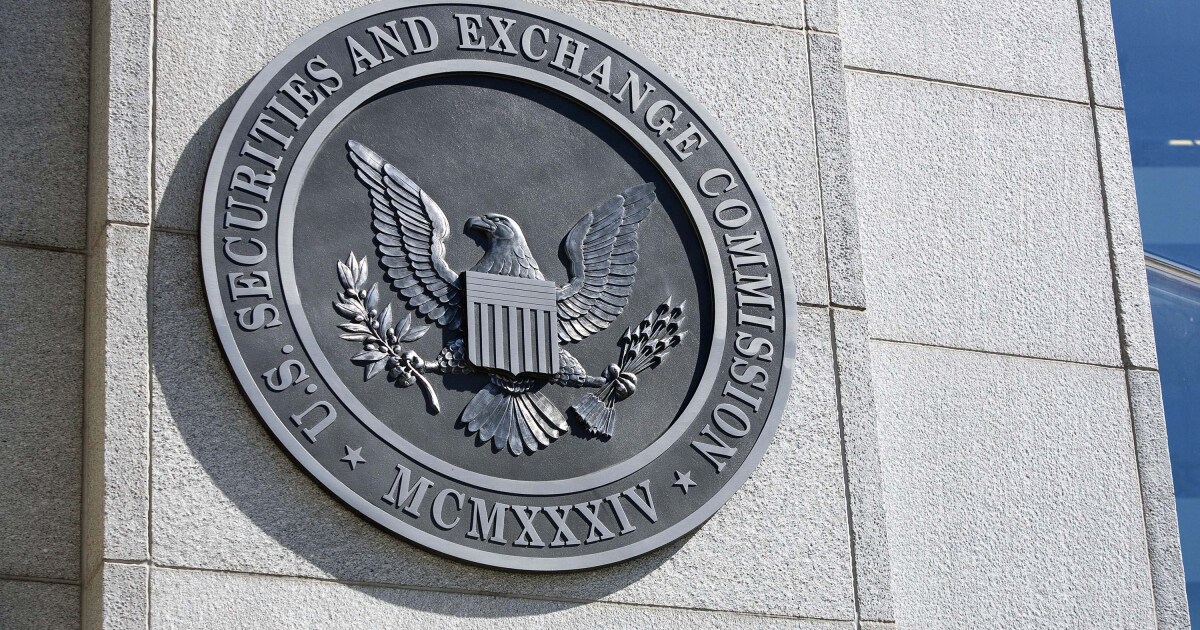SAFE notes sound like an easy win. You issue a SAFE note to an investor and get financial support right when you need it. There is minimal back-and-forth negotiation and no debt obligations or loss of equity in the present.
Sure, there are some strings attached. In exchange for their financing, the investor will own a certain percentage of your company at an unspecified future date. But you don’t need to worry about that now — SAFE notes have allowed you to secure seed funding without giving up any control in your company or borrowing money you may struggle to repay.
When asked, “What is a safe note?” plenty of founders and entrepreneurs would respond with some variation on the description above. They’re not totally wrong. Compared to other seed funding options, SAFE notes can provide easy access to capital with little upfront negotiation, compromise, or hassle. However, a SAFE note is not free money. Significant risks are involved in using this particular investment vehicle, which compound as you issue more SAFE notes to investors.
But let’s back up.
What Is a SAFE Note?
A SAFE note is a type of convertible security, where ‘SAFE’ stands for Simple Agreement for Future Equity. When you issue a SAFE note, you receive money from an investor. In return, the investor will receive equity in your company at some point in the future. It’s sort of like selling stock, but you get to hold onto the shares for the time being. More precisely, it’s a warrant to purchase stock in a future priced round. A SAFE note converts into stock when a certain event occurs. That event is almost always a series A financing round or liquidation
How SAFE Notes Function for Investors
From an investor’s point of view, what is a SAFE note’s appeal? First, it rewards them for getting in on the ground floor. Second, it allows investors to (potentially) own more of a company than they might have expected to when the SAFE note converts, depending on how the company is valued in the next funding round. There’s also a chance they will have to pay less than others who invest in the business later — e.g., during a series A round.
SAFE notes offer this advantage to investors through discounts, valuation caps, or both.
A discount reduces the price per share for the SAFE note holder when the company actually starts selling stock. Discounts are fixed, typically at 20% or less.
A valuation cap is a more variable kind of discount. It accounts for a possible change in company value between the time the SAFE note is signed and when the company starts selling stock. A lower valuation cap benefits the SAFE note holder. It sets a ceiling for what they pay for equity in the event the market determines the business is worth more than initially expected.
SAFE Note Example
For example, an investor purchases a SAFE note from your startup with a valuation cap of $10M. Your company’s value is set at $20M at $10/share during the subsequent funding round. The SAFE note will convert based on the valuation cap of $10M. The cap gives the investor an effective share price of $5/share ($20M value divided by the $10M cap). The SAFE note owner can purchase twice as many shares as the other investors as a reward for investing in the company early.
Some SAFE notes have valuation caps, some have discounts, and some have both. When both are present, the investor can choose to take advantage of whichever option is more advantageous.
Issues with SAFE Notes for Investors
SAFE notes are a relatively new financial instrument, first appearing in 2013. This means that, although SAFE notes have been around for a while, all the consequences and potential downsides for investors may not be fully understood.
Investors should always keep in mind that SAFE notes are a play for future equity, and the outcome is not guaranteed. There will be no returns on this investment unless the conversion event occurs. The value of future equity should be weighed against the lack of dividends and regular interest payments.
Advantages of Using SAFE Notes
It is essential to understand all the elements of a SAFE note before you decide to issue one, and no explanation would be complete without the advantages.
Simplicity
SAFE notes are less complicated and easier to understand than other financial instruments. The average SAFE note agreement is typically no more than five or six pages long. Because of this, SAFE notes also result in lower legal fees than other instruments.
Easier Negotiations
A SAFE note has fewer terms to be agreed upon. The various conditions are clearly outlined. This should result in an easier negotiation for both the founders and investors. There is also the added advantage of how flexible the SAFE note’s terms can be. You can tailor the terms of each SAFE note to a specific investor’s request. An example of this might be a stipulation that the investor is paid first when certain, triggering, events occur.
Less Pressure on Founders
Without the pressure of deadlines and interest payments that are part and parcel of other instruments, you can focus on growing the company. There is also less of an accounting burden associated with SAFE notes.
SAFE Notes Vs. Convertible Notes
A SAFE note is similar to a convertible note, another form of early-stage financing. SAFE notes and convertible notes both offer future equity to investors in exchange for present-day cash. Both are agreements that convert into shares of preferred stock at the end of a series A round or other “triggering” event.
How Convertible Notes are Different from SAFE Notes
Debt
Convertible notes are debt. SAFE notes are not. Convertible notes are essentially loans that need to be repaid, either through cash or shares in the company.
Timeline
Unlike SAFE notes, which can be held in perpetuity if the company doesn’t continue raising money, convertible notes have maturity dates. After a period of time (typically 18–24 months), the convertible note automatically converts or must be repaid.
Interest
Like most debts, convertible notes carry interest. The company must pay back the principal plus interest or allow the total amount to convert into equity, which can give the investor a far greater share of ownership than what they first “paid” for. By contrast, because a SAFE note is a warranty, not a debt, it does not carry interest.
Paperwork
Convertible notes tend to be longer and more complicated than SAFE notes, with more terms, provisions, and contingencies for both parties to work out. This is one of the primary reasons SAFE notes were invented as an alternative, and why they’ve become increasingly popular among founders and investors in recent years.
For more about the differences between SAFE notes and convertible notes, read our article here.

Disadvantages of SAFE Notes
SAFE notes provide several advantages when financing your startup in its early stages. They offer considerable flexibility, allowing you to use the funds without any immediate obligation to your investors until you start raising capital more actively. Additionally, there is no set deadline for fundraising, unlike with convertible notes.
However, employing SAFE notes also has its drawbacks. The apparent simplicity of SAFE notes may lead founders to overlook potential hidden risks, as they focus on the immediate financial benefits at hand. It is essential for entrepreneurs to understand the potential risks to using SAFE notes.
SAFE Notes Can Put Overly Optimistic Founders in a Bind
SAFE notes can lead to an incorrect view of your company’s value in a future equity round. In particular, a founder may think that the valuation cap contained in the SAFE note represents the potential future floor for an equity round. This may lead them to base their valuation projections for their company on this number.
The Trouble With Valuation Caps in SAFE Notes
Whether you issue SAFE notes or convertible notes, it’s important to recognize that you and your investors have competing interests when it comes to valuation caps. Investors want to gauge what a company is worth, but many founders would rather not have the conversation so early in their businesses’ lifecycles.
You might think you could sidestep this problem by issuing an uncapped SAFE note instead. However, investors might be deterred by this, as it could lead to lost returns if your company grows quickly between the SAFE note being issued and the next funding round.
Let’s take the example outlined above, but this time the SAFE note does not include a cap of $10M. During the funding round, your company is again valued at $20M with $10/share. However, this time the SAFE note owner ends up having to pay the same price as the other investors. Without the valuation cap, they have gained no advantage from investing early in the company.
Dilution and Overcrowding
One of the most painful consequences of misusing or overusing SAFE notes is equity dilution. The more shares early investors agree to purchase, the less of your company you eventually own when the notes convert. That means less control over your organization’s future. It also means you’ll have a harder time attracting Series A investors.
Although an individual SAFE note is a relatively straightforward document, issuing multiple SAFE notes in the same period can lead to complications. The more SAFE notes you issue, the harder it may become to understand how dilution will affect your equity in the company.
When a conversion event takes place and triggers all outstanding SAFE notes, it’s crucial to uphold each specific provision and term. As illustrated in the example above, if your company’s value significantly exceeds the agreed-upon cap range, SAFE note holders might end up acquiring a larger portion of your company than anticipated, resulting in a reduced ownership percentage for you.
The potential downstream effects of a SAFE Notes conversion mean it’s crucial to maintain an updated cap table. The cap table will allow you to track and factor in all outstanding SAFE notes that have not been converted yet. Knowing the consequences of dilution may be the difference between going ahead with another funding round or choosing to seek financing elsewhere.
Have Any Other Questions About SAFE Notes?
Now that you understand the pros and cons of SAFE notes, you may be wondering what to do next. Are SAFE notes, convertible notes, or a different seed funding strategy the right option for your company? Need help preparing for a Series A round or another major stage in your company’s growth?
inDinero has the on-demand accounting, tax, and CFO resources you need. We’ve helped countless companies optimize their financials, connect with investors, and excel throughout their business journeys.
Ask us what we can do for you. Talk to an expert.
Quick Note: This article is provided for informational purposes only, and is not legal, financial, accounting, or tax advice. You should consult appropriate professionals for advice on your specific situation. inDinero assumes no liability for actions taken in reliance upon the information contained herein.






